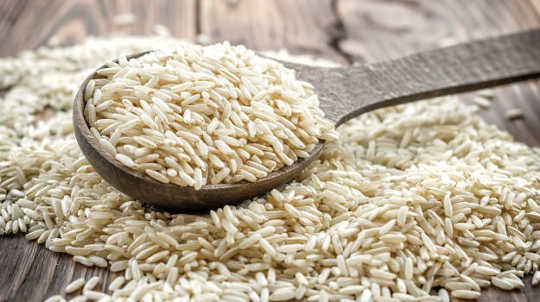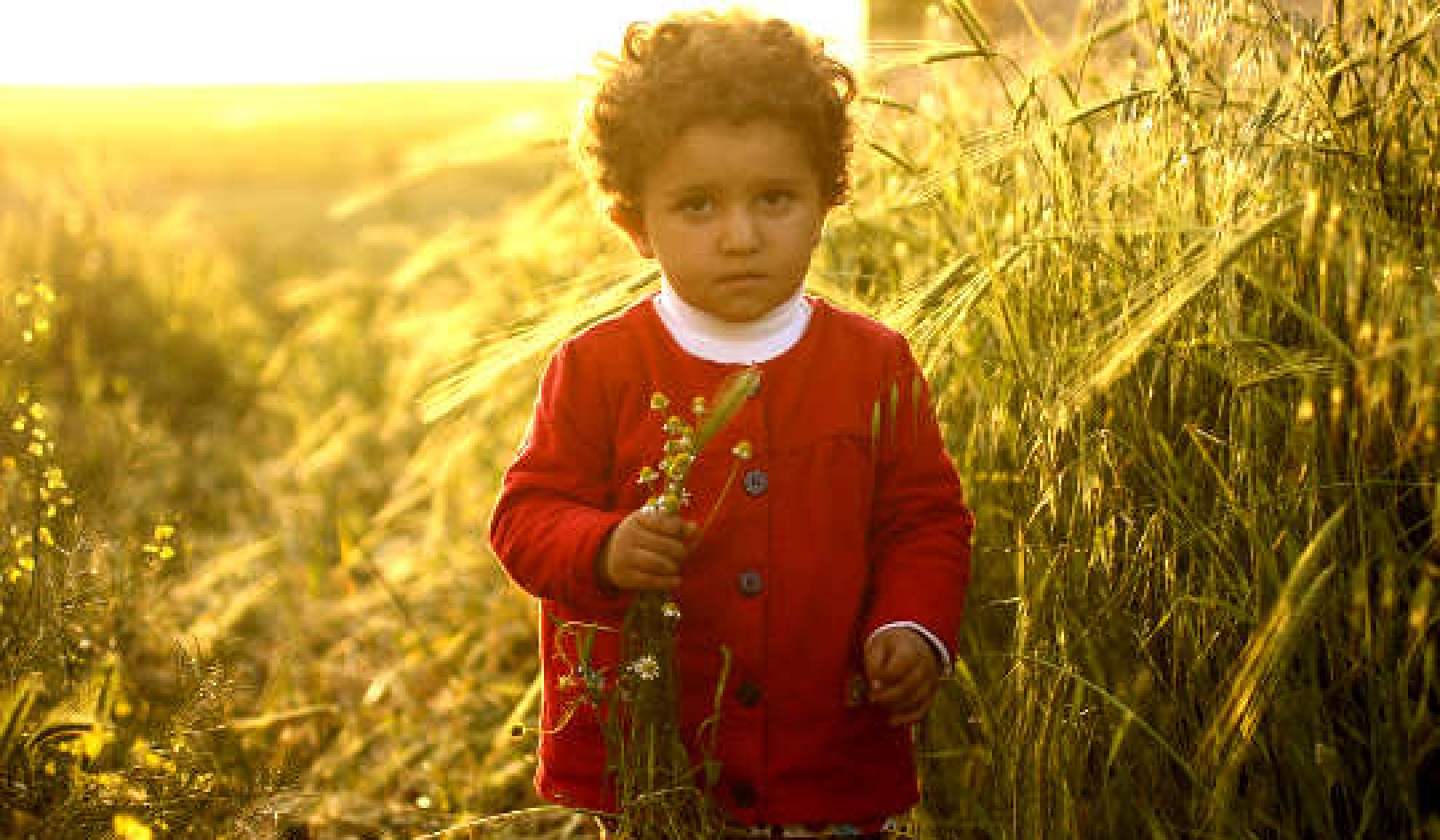
Rice is the staple food of billions of people throughout the developing world. But beyond easing hunger pains and providing carbohydrates for energy, it has little nutritional value.
This means many people who depend on rice as a staple food are effectively being starved of essential micronutrients such as iron, zinc, and pro-vitamin A. Nutritionists call it “hidden hunger.”
The World Health Organization estimates two billion people, or 30 percent of the world’s population, are anemic, in many cases due to iron deficiency. This condition leaves people weak, lethargic, and poses a significant and even fatal health risk to pregnant women and their children. Equal numbers are at risk of zinc deficiency with severe health consequences including stunted growth and impaired immune function.
Now, researchers have created a genetically modified (GM) rice that produces grain with significantly more iron and zinc through a process called biofortification. And field trials have now shown that this new rice is just as high yielding as conventionally bred ones.
Results in the field
Scientists were able to grow iron and zinc biofortified rice plants in the field. Rice grains usually contain just 2-5 parts per million (ppm) of iron.
As reported in the journal Scientific Reports, the researchers were aiming to increase that to at least 13 ppm to address iron deficiencies in rice-based diets. They managed to get to 15 ppm. Similarly, they had been targeting to increase the amount of zinc from 16 ppm to 28 ppm, but they managed to get to 45 ppm.
“Hidden hunger isn’t a hypothetical problem, it is a real problem, and biofortification is a real solution.”
“The results shows that this technology actually works in the field, not just in the glasshouse,” says Alex Johnson, a plant geneticist at the University of Melbourne. “We exceeded our biofortification targets and the rice was just as high yielding as existing rice varieties.”
Field-testing also showed that while the genetic modification had enabled the biofortified rice to take up more iron and zinc from the soil, it didn’t increase the take up of harmful heavy metals such as cadmium.
What’s keeping ‘golden rice’ from feeding the world?
Finally, nutritional testing of grain produced in the field trials showed that if we were to eat this rice, our bodies would readily absorb the increased quantities of iron and zinc. The scientists were able to determine this by “feeding” the rice to so-called Caco-2 cells, which are a human cell line that can be grown in the lab to resemble cells of the small intestine. The biofortified rice was “fed” to the Caco-2 cells by first artificially “digesting” it using enzymes that mimic our own digestive process.
No deal breakers
“There are no deal breakers in these results. We have proven our concept in a major variety of rice, and we are now ready to move this into a developing country,” Johnson says.
“Rice is the staple food for billions of people today and that isn’t going to change anytime soon, so rice biofortification is a tool that we can use to address hidden hunger in a huge number of people.
“Over time that should lead to healthier and more productive populations in the developing world, boosting local economics, and eventually supporting more diverse and balanced diets.
“We can and do use vitamin and mineral supplements and food processing to help people suffering from micronutrient deficiencies, but those interventions are recurrent costs and need industrial processing that may not be readily available in developing countries.
Biofortification is a sustainable solution because once it’s in the seeds you’ve increased the nutritional quality of the crop itself. The farmer simply needs to plant biofortified seeds.”
Johnson has been working to boost the iron content of rice since 2009. In 2011, his team identified a specific rice gene that when “switched on” increases the amount of iron taken up from the soil and transported to the grain. Usually this gene is only activated when the rice plant itself is short on iron, but by modifying what drives the gene they were able to keep the gene switched on all the time. “We have basically tricked the plant into thinking it is continuously short of iron.”
They also found that it increased the uptake of zinc. “It was a dream result,” Johnson says.
He and colleagues are now aiming to introduce the iron and zinc biofortified rice in Bangladesh where almost 80 percent of cultivated land is dedicated to rice, but where more than half of all children and 70 percent of women are iron deficient. The iron biofortified rice could have a huge impact.
The team has already released other GM crops such as an eggplant variety in the Bangladesh that has allowed farmers to drastically reduce their insecticide use.
Johnson acknowledges that GM crops are controversial because of concerns from some, including Greenpeace, that they may have unforseen consequences that could eventually harm the environment and pose a health threat.
“Hidden hunger isn’t a hypothetical problem, it is a real problem, and biofortification is a real solution. I’ve not met anyone who is against that.”
The Australian Research Council and the not-for-profit HarvestPlus initiative, backed by the Bill and Melinda Gates Foundation, funded the work.
Source: University of Melbourne
Related Books
at

Thanks for visiting InnerSelf.com, where there are 20,000+ life-altering articles promoting "New Attitudes and New Possibilities." All articles are translated into 30+ languages. Subscribe to InnerSelf Magazine, published weekly, and Marie T Russell's Daily Inspiration. InnerSelf Magazine has been published since 1985.

Thanks for visiting InnerSelf.com, where there are 20,000+ life-altering articles promoting "New Attitudes and New Possibilities." All articles are translated into 30+ languages. Subscribe to InnerSelf Magazine, published weekly, and Marie T Russell's Daily Inspiration. InnerSelf Magazine has been published since 1985.
























